Is it me, the body, the lens or the combination???
Feb 23, 2018 15:17:23 #
Many responses are talking to each other, not the OP.
Counter to what was suggested, Auto won't be optimum. You need to use spot focus. How it covered the whole bird in the second shot is beyond me, 'tho it appears you cropped the photo.
The camera is capable of better results. I am not familiar with the lens, 'tho it seems too short for this application. I believe technique could be improved.
My take, you need to understand:
1) depth of field vs aperture
2) stop action vs shutter speed
3) predictive focus
Counter to what was suggested, Auto won't be optimum. You need to use spot focus. How it covered the whole bird in the second shot is beyond me, 'tho it appears you cropped the photo.
The camera is capable of better results. I am not familiar with the lens, 'tho it seems too short for this application. I believe technique could be improved.
My take, you need to understand:
1) depth of field vs aperture
2) stop action vs shutter speed
3) predictive focus
Feb 23, 2018 15:34:15 #
GreenDruid
Loc: Toronto, Canada
Might be. Or just light is too challenging for this camera/lens combination. But looking at the pictures I think it's a depth of shaft view.
Feb 23, 2018 15:41:19 #
mikegreenwald
Loc: Illinois
The grass around three of the four subjects is sharp, but the subject is not. That is signatory for too slow a shutter speed.
I think your camera could do better, though not as well as a sharper lens might have done.
I think your camera could do better, though not as well as a sharper lens might have done.
Feb 23, 2018 15:58:42 #
steve_stoneblossom
Loc: Rhode Island, USA
mikegreenwald wrote:
The grass around three of the four subjects is sharp, but the subject is not. That is signatory for too slow a shutter speed.
I think your camera could do better, though not as well as a sharper lens might have done.
I think your camera could do better, though not as well as a sharper lens might have done.
Likely too slow, or possibly subject moved out of focus point as focus was attained.
Feb 23, 2018 16:57:57 #
IDguy
Loc: Idaho
Looks like no one answered the question as to whether going to a D7200 would improve your image quality. The simple answer is no. Your D3400 sensor is just as good.
Feb 23, 2018 17:05:08 #
steve_stoneblossom
Loc: Rhode Island, USA
IDguy wrote:
Looks like no one answered the question as to whether going to a D7200 would improve your image quality. The simple answer is no. Your D3400 sensor is just as good.
Now you've gone and done it. Why give a direct answer to a question when there's a perfectly good indirect route to the conclusion?
Feb 23, 2018 19:22:37 #
sirlensalot
Loc: Arizona
It can be all. Experience, lots of practice, and education is a good way to go.
Feb 23, 2018 21:12:18 #
Definitely do not use that auto focus selection that this model has. I forgot what it is called because I intended to purposefully forget about this---- it was a nightmare for me trying to keep subject eyes in focus. I bought one of these D3400's for my wife and returned it the next day. I had the same problem you did--aim for one part of the subject like the eyes and the focus point would jump to the part of the body that it perceived as being closer. I hated it. So my advice is to set the focus mode for AF-S and keep it there. Why in the world Nikon made this setting is nuts to me--it does not appear on any of the advanced cameras like my D500 or D750.
Feb 23, 2018 23:45:01 #
Feb 23, 2018 23:46:49 #
Feb 23, 2018 23:53:15 #
I have a Canon 7D MII and 7D. I talked to someone in Tech Support and told him what I was mainly shooting. He had me read off my settings and made some suggestions. Shots are a lot sharper now.
Feb 24, 2018 11:21:35 #
Image 1 Slight motion blur from squirrel but acceptably sharp
Image 2 Slight back-focus but motion blur from bird
Image 3 Slight back-focus and motion blur from bird
Image 4 Good job panning squirrel. Still slight blur, this is mostly from camera movement not in sync with motion of squirrel.
Small animals move their bodies incredibly fast. You will need at minimum of 1/500 sec shutter to freeze their movements. I will always use continuous focus (Servo on Canon) so as to lock onto the area needed for sharp focus. If you are doing that consistently and still getting back-focus images, adjust micro-fine focus if your camera has it or send in for service.
Image 2 Slight back-focus but motion blur from bird
Image 3 Slight back-focus and motion blur from bird
Image 4 Good job panning squirrel. Still slight blur, this is mostly from camera movement not in sync with motion of squirrel.
Small animals move their bodies incredibly fast. You will need at minimum of 1/500 sec shutter to freeze their movements. I will always use continuous focus (Servo on Canon) so as to lock onto the area needed for sharp focus. If you are doing that consistently and still getting back-focus images, adjust micro-fine focus if your camera has it or send in for service.
Feb 24, 2018 11:33:27 #
amfoto1
Loc: San Jose, Calif. USA
swartfort wrote:
My gut tells me that I was asking too much of my N... (show quote)
The first image (squirrel facing you) appears pretty much in focus and good.... Which is interesting because it's the one where you used the slowest shutter speed: 1/80. Maybe you were just lucky.
The two bird photos actaully use much faster shutter speeds.... 1/800 and 1/640, if memory serves... but both of them seem to show subject movement blur. Notice the leaves and grass around the birds are relatively sharp (one shot might be a little mis-focused, too... a bit behind the bird.... but not off enough to cause that much blur). I suspect that the birds were moving quickly. A 1/1000 or even a 1/2000 shutter speed may have made for a sharper subject.
The final shot (squirrel jumping) also uses a relatively fast shutter speed (1/500, if I recall correctly), but is showing definite camera shake blur. Everything in the image is blurred! That can only happen with camera/lens movement. Does your lens have VR (image stabilization) and are you using it? Are you using a tripod?
I get the impression your are heavily cropping these images, too. That will only exacerbate any missed focus, subject movement blur or camera shake blur.
Yes, particularly if you are heavily cropping images, you'd find a more powerful lens would help a lot. It is ALWAYS best to "fill the viewfinder" as best you can and minimize the amount of cropping you do, for best results.
You also might be using "all points" for focusing... You would be best to limit the camera to one point and use that. It will be up to you to keep the point exactly where you want the camera & lens to focus, though.
The problem with using multiple points is that it leaves it up to the camera to choose which point to use to focus upon. Usually it will pick the closes object covered by an active AF point, but not necessarily. Regardless, there's high likelihood that it will choose wrong. The camera doesn't "know" what you're looking at and trying to focus upon. You do. And when using telephotos in particular, with naturally shallow depth of field, even slight focus error can be obvious... it's more critical to get focus right.
With moving subjects you need to be using a continuous form of focus, too... I think Nikon calls it "AF-C" (as opposed to AF-S). This will constantly update the focus and try to be correctly focused when you release the shutter (AF-S, on the other hand, achieves focus and then stops and locks... If the subject moves after that and you don't cause the lens to re-focus, your point of focus is likely to be incorrect).
Finally, the first image of the squirrel looks as if there is some "blooming" going on around the critter's body. That might be some unavoidable flare... But it and other image flaws also might be exacerbated by a "protection" filter on the lens. On the other hand a lens hood, if you are not already using one, might do the opposite and help prevent some flare effects (plus a hood does a better job protecting a lens, than any thin piece of glass ever could).
Wildlife photography is challenging! Especially birds and other small, fast moving critters. It demands high performance gear and some skill using it.
If you are using a 70-300mm... is it the Nikkor AF-P/DX lens that doesn't have VR? $50 more for a VR version, last time I looked, and that would help. But....
I think the "AF-P" lenses use a stepper motor to drive the focus mechanism. That's likely slower than the AF-S... or Silent Wave, Nikon calls it... an ultrasonic focus drive system is very likely faster and would be better with quickly moving subjects. AF-P simply may be too slow for the purpose. (To give you some idea... Personally I use Canon gear and they too have stepper motor "STM" and ultrasonic "USM" drive lenses.... Canon states in some cases that their USM lenses are 2X to 4X faster than their STM.)
Minimize cropping your images! Try to get closer by stalking or using blinds... or use attractants such as calls or food to get your subjects to come closer to you. Acclimate your subjects to your presence, so they tolerate your and come closer. Or look for locations where they are accustomed to a lot of people being around or catch them when they are busy eating and will tend to ignore your approach, up to a point. You might need to spend some time studying your subjects and their habits and getting to know them.
For example, over several months time I got to know this coyote well enough that she let me get close enough to use a 135mm lens to photographer her (in fact, she would come sit next to me and fall asleep!)...
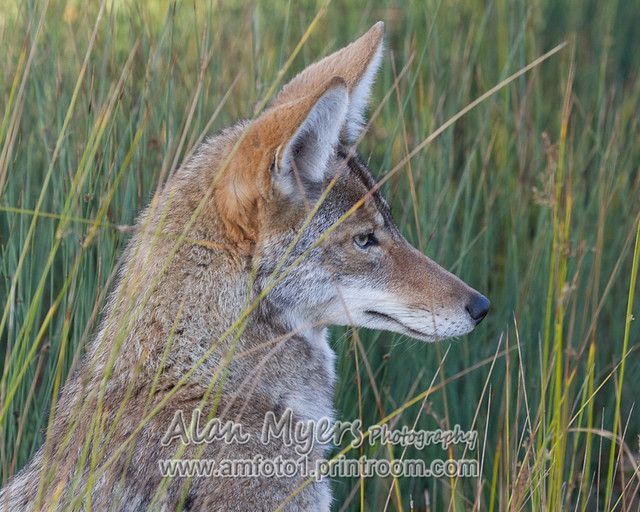
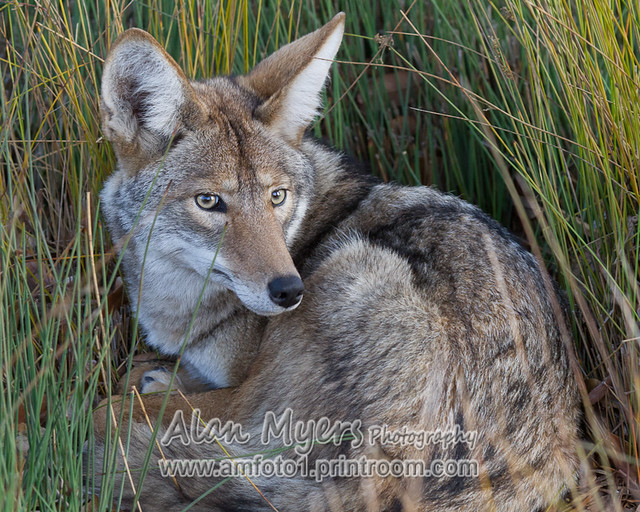
Another example, these guys live in a very busy park and are accustomed to people being around, so it was easy to get close enough to photograph them with a 300mm lens...
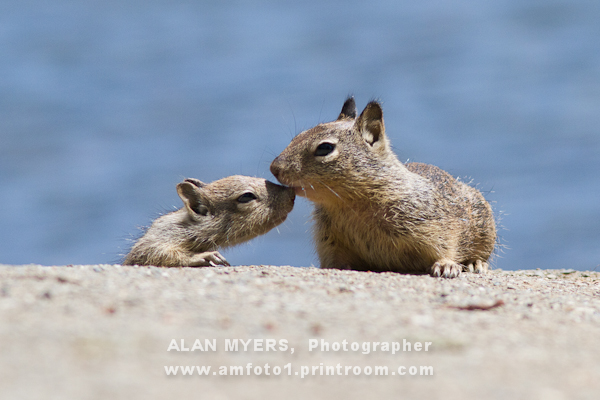
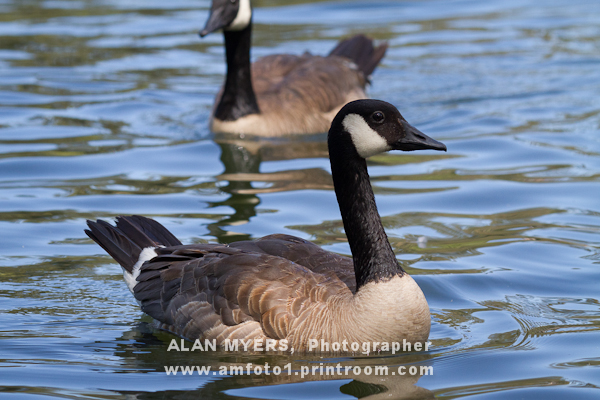
These guys were so busy hunting or feeding they let me get close with 300mm lens (the hawk & waxwing) or 300mm lens with 1.4X teleconverter (the black-tail deer)...
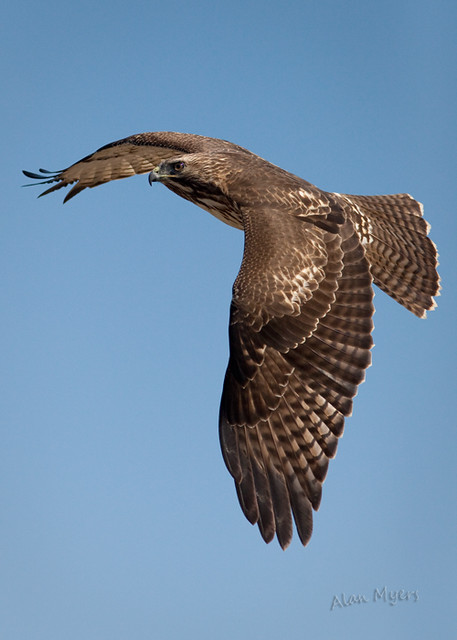
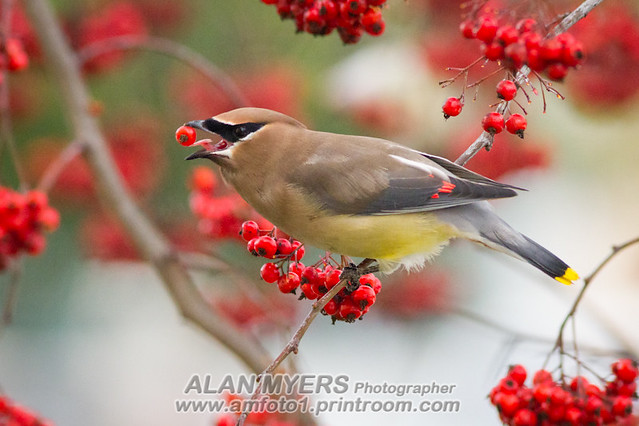
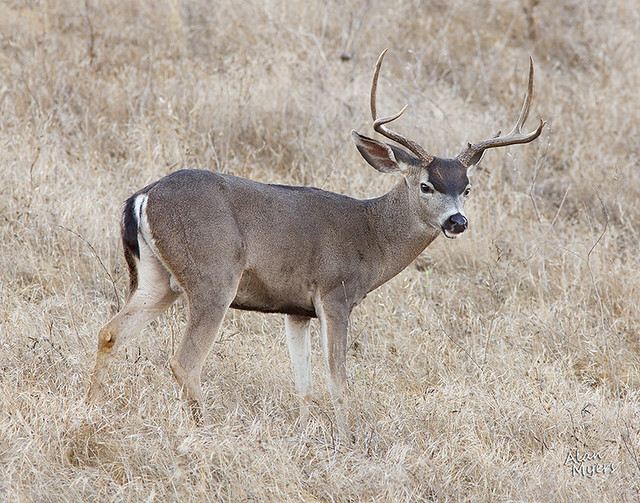
Put out some food in your back yard...
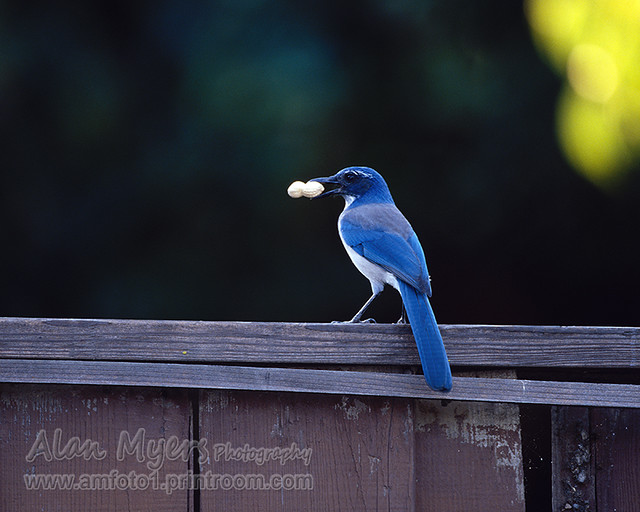
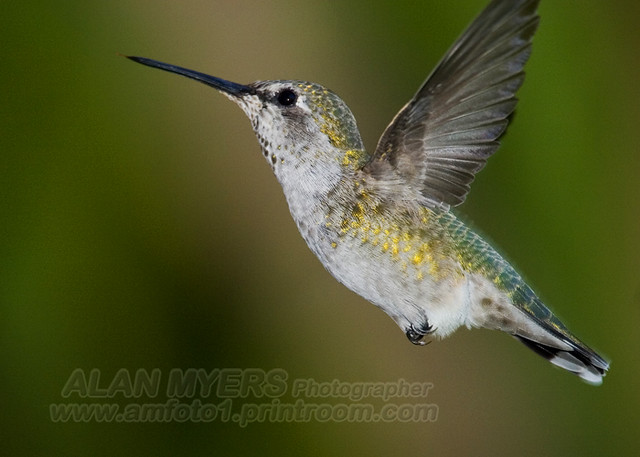
Also visit any wildlife parks and zoos...
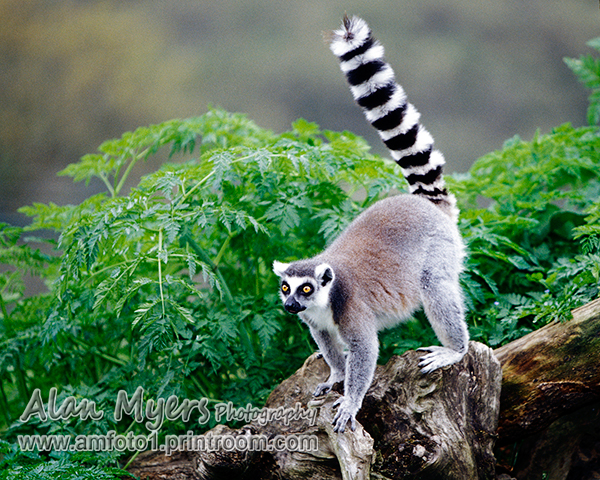

It's also possible to use your car as a blind...

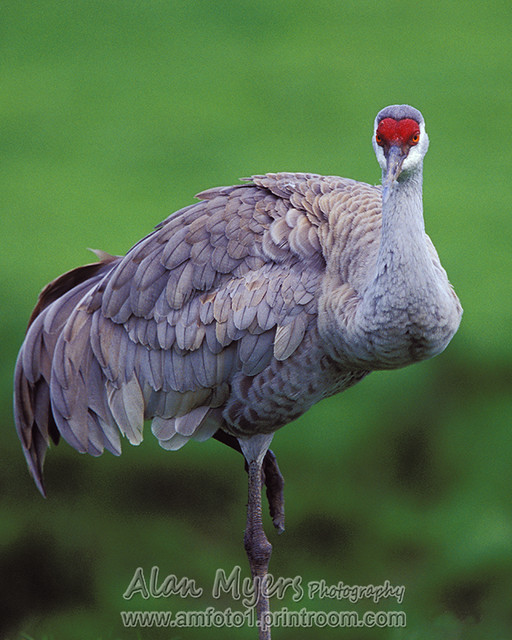
In addition, a more powerful telephoto such as Nikkor AF-S 200-500mm f/5.6 VR would help a lot, minimizing need to crop your images. That lens costs about $1400... Which might seem a lot but is actually a bargain!
The Tamron 150-600mm "G2" VC USD for a similar bargain price is another possibility. Sigma also makes two 150-600mm models... one is cheaper than the Tamron (I'm not sure it's as sharp), while a more pro-quality one is more expensive (and possibly sharper). Lenses reaching 500mm or more often cost many thousands of $, so all these zooms are relative bargains.
There's a saying among bird photographers that "you never have 'enough' lens!" What this means is that if you have 300mm, there will be times when your subjects are just a little too far away and you'll wish you had a 400mm... But if you get a 400mm, you will sometimes wish you had 500mm or 600mm. Etc. However, there's a point of diminishing returns... where your subject is so far away that you are shooting through too much atmosphere and that costs you image quality.... or where the lens is just too big, bulky and difficult to hold steady. So there's still the need to
A good, solid tripod wis important, too... And is pretty much a necessity using these longer, bigger, heavier telephotos. You might handhold them for one or two quick shots... but won't want to do so for any length of time! Budget around $400 minimum... for a tripod that might last a lifetime and will be sturdy enough to do the job. You might buy cheaper, but end up replacing it and actually spending more in the long run.
The camera you have is probably quite sufficient.... though an upgrade model might offer faster performance in some ways, I'd recommend just sticking with the D3400 for now.
Feb 24, 2018 13:09:17 #
Shutterbug1697
Loc: Northeast
swartfort wrote:
My gut tells me that I was asking too much of my N... (show quote)
On the first squirrel shot, the settings were f8.0, 1/80 and an ISO of 800.
First off the Shutter speed is too slow, and you've gotten some camera motion into the shot.
On the woodpecker, the settings were f8.0, 1/800 and an ISO of 6400.
This shot seems to have tried to focus on the bird's back, but there is a considerable amount of camera motion.
On the Robin, the settings were f8.0, 1/640 and an ISO of 6400.
The focus seems to be on the ground under the bird, but nothing is actually in focus.
On the second squirrel shot, the settings were f5.0, 1/500 and an ISO of 800.
The focus seems to be on the hind quarters of the squirrel, but again there is a considerable amount of camera motion in the shot.
I'm not a Nikon user, so I can't speak to the actual equipment that you're using. I just know that you're fighting a low light situation with these shots, and need to use a tripod in these particular situations. A tripod would have eliminated the camera shake in all of the shots.
I'll let a Nikon user address the particular equipment that you're using.
Feb 24, 2018 13:13:33 #
Shutterbug1697
Loc: Northeast
illininitt wrote:
Tack sharp? BBF? White Balance? Is that something like voodoo? I'd like to give you some advice: Like a car....put it on auto and forget about it! The delete button was made for people like you. Don't like the outcome....hit delete! God made auto for a reason. Life is too short to worry about BBF? or Sharp as a tack!
You can't learn from your mistakes if you only choose to shoot in "Auto".
Auto was invented for Point and Shoot amateurs!
If you want to reply, then register here. Registration is free and your account is created instantly, so you can post right away.


